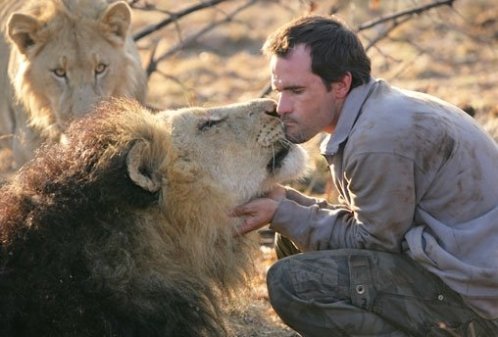
1. Fall and Rise
Today, when I slipped on the wet tile floor a boy in a wheelchair caught me before I slammed my head on the ground. He said, “Believe it or not, that’s almost exactly how I injured my back 3 years ago .
2. A father’s advice
Today, my father told me, “Just go for it and give it a try! You don’t have to be a professional to build a successful product. Amateurs started Google and Apple. Professionals built the Titanic
3. The power of uniqueness.
Today, I asked my mentor – a very successful business man in his 70’s – what his top 3 tips are for success. He smiled and said, “Read something no one else is reading, think something no one else is thinking, and do something no one else is doing.
4. Looking Back
Today, I interviewed my grandmother for part of a research paper I’m working on for my Psychology class. When I asked her to define success in her own words, she said, “Success is when you look back at your life and the memories make you smile.
5. Try and U shall know
I am blind by birth. When I was 8 years old, I wanted to play baseball. I asked my father- “Dad, can I play baseball?” He said “You’ll never know until you try.” When I was a teenager, I asked him, – “Dad Can I become a surgeon?”. He replied “Son, you’ll never know until you try.” Today I am a Surgeon, just because I tried!
6. GOODNESS & GRATITUDE
Today, after a 72 hour shift at the fire station, a woman ran up to me at the grocery store and gave me a hug. When I tensed up, she realized I didn’t recognize her. She let go with tears of joy in her eyes and the most sincere smile and said, “On 9-11-2001, you carried me out of the World Trade Center.”
7. LOVE CONQUERS PAIN
Today, after I watched my dog get run over by a car, I sat on the side of the road holding him and crying. And just before he died, he licked the tears off my face.
8. A DOOR CLOSES TO OPEN ANOTHER
Today at 7AM, I woke up feeling ill, but decided I needed the money, so I went into work. At 3PM I got laid off. On my drive home I got a flat tire. When I went into the trunk for the spare, it was flat too. A man in a BMW pulled over, gave me a ride, we chatted, and then he offered me a job. I start tomorrow.
9. LOOKING BACK
Today, as my father, three brothers, and two sisters stood around my mother’s hospital bed, my mother uttered her last coherent words before she died. She simply said, “I feel so loved right now. We should have gotten together like this more often.”
10. AFFECTION
Today, I kissed my dad on the forehead as he passed away in a small hospital bed. About 5 seconds after he passed, I realized it was the first time I had given him a kiss since I was a little boy.
11. INNOCENCE
Today, in the cutest voice, my 8-year-old daughter asked me to start recycling. I chuckled and asked, “Why?” She replied, “So you can help me save the planet.” I chuckled again and asked, “And why do you want to save the planet?” “Because that’s where I keep all my stuff,” she said.
12. JOY
Today, when I witnessed a 27-year-old breast cancer patient laughing hysterically at her 2-year-old daughter’s antics, I suddenly realized that I need to stop complaining about my life and start celebrating it again.
13. KINDNESS
Today, a boy in a wheelchair saw me desperately struggling on crutches with my broken leg and offered to carry my backpack and books for me. He helped me all the way across campus to my class and as he was leaving he said, “I hope you feel better soon.”.
14. SHARING
Today, I was traveling in Kenya and I met a refugee from Zimbabwe. He said he hadn’t eaten anything in over 3 days and looked extremely skinny and unhealthy. Then my friend offered him the rest of the sandwich he was eating. The first thing the man said was, “We can share it.”
Cheers to life!!!


















